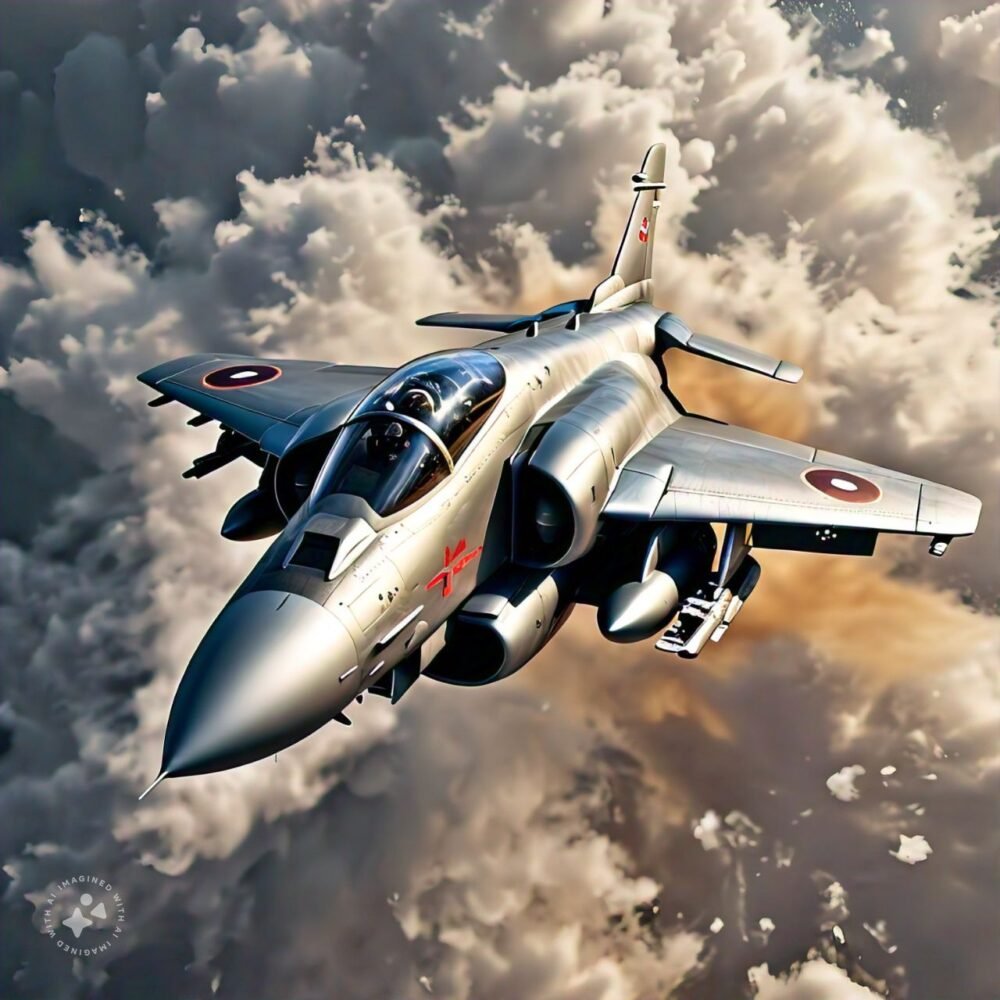You must have watched an airplane taking off several times. But have you ever wondered what the science behind this phenomenon is? The principles behind how an airplane is lifted into the air are fascinating, combining the concept of engineering with the laws of physics. Well, let’s discuss this in this blog. Read the full blog to grasp the concept of how airplanes fly.

Aerodynamic forces
You must be familiar with the word aerodynamics. The aerodynamic forces are the group of certain forces that are applied by the air on the body that is traveling in that air. These forces include lift, weight, thrust, and drag. Among these, lift is the force that enables an airplane to overcome gravity and ascend into the air. Lift is generated primarily by the wings of the aircraft, exploiting the Bernoulli Principle and Newton’s Third Law of Motion.
Bernoulli’s principle and lift generation
Bernoulli’s Principle states that as the speed of a fluid (such as air) increases, its pressure decreases and vice versa. Now when you see the design of the wing of an aircraft, it’s curved on the top and flatter at the bottom.
Due to the aerodynamic shape of the wing at the top, the air moves faster, resulting in reduced pressure. While at the same time, the air moves slowly at the bottom of the wing due to its flat shape. This reduced speed results in increased pressure at the bottom of the wing.
Now when pressure increases at the bottom due to the reduced velocity of the air, the low pressure at the top creates a suction effect, pulling the wing upward. This results in the generation of lift force. This lift force lifts the aircraft upwards and you see the process of takeoff.
Thrust and drag
While lift is essential for getting off the ground, an airplane also requires thrust to propel forward and overcome the drag. Jet engines or propellers provide the necessary thrust to propel the airplane forward, while aerodynamic design features such as streamlined fuselages and wing shapes minimize drag, allowing the aircraft to move efficiently through the air.
Angle of attack
The angle of attack is the angle at which the wing meets oncoming the air. Pilots can adjust the angle of attack to increase or decrease the lift force. If the plane’s nose is upwards that means the angle of attack is high.
If the pilot pulls the plane too much upwards that results in a very high angle of attack. This will result in a turbulent flow above the wing. This turbulent flow will create drag forces that reduce the lift and stall the aircraft.
Similarly, if the nose of the plane is down, the angle of attack will be too low which will result in the reduction of lift force that is necessary to keep the plane airborne. Therefore, the pilots must maintain an optimal angle of attack for efficient lift generation.
Conclusion
In summary, the process of lifting an airplane into the air is a complex interplay of aerodynamic forces, engineering design, and skilled piloting. By making use of the principles of Bernoulli’s Principle, manipulating the angle of attack, and balancing thrust and drag, an airplane can cancel the gravity and fly through the skies with grace and precision. Next time you look up at a passing aircraft, take a moment to appreciate the remarkable science and creativity that make flight possible.



Leave a Reply